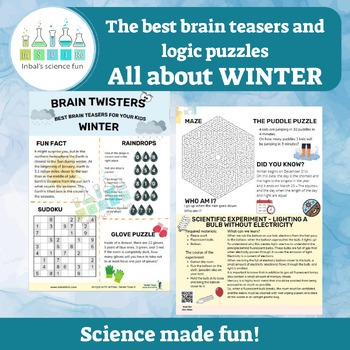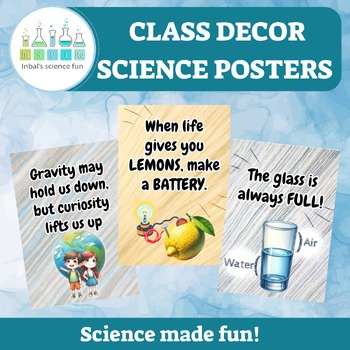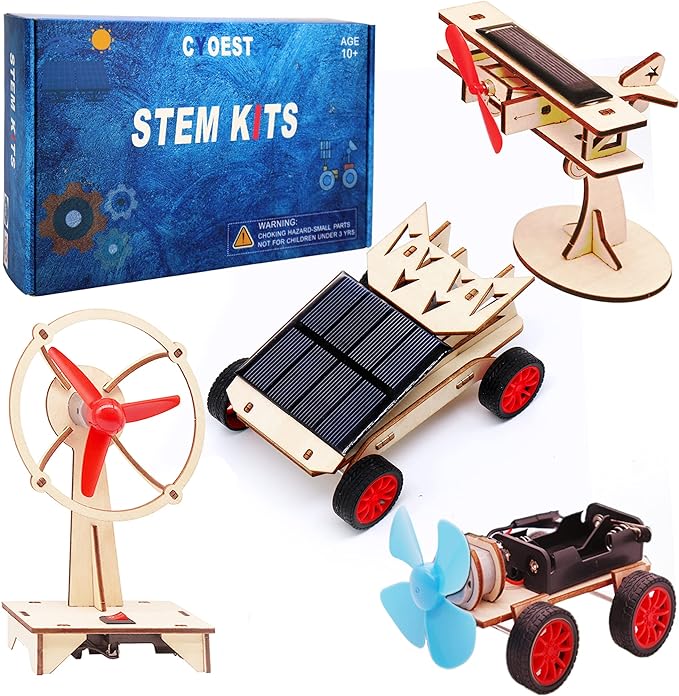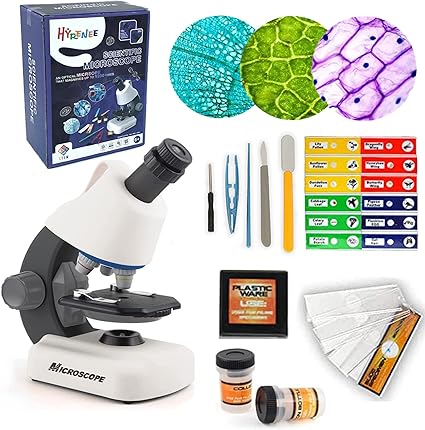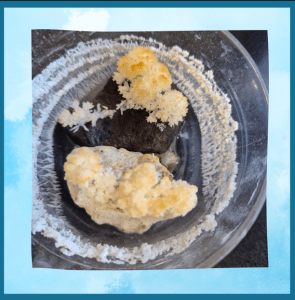10 Fun End of Year Science Activities for Elementary Students
As we start to feel the school year ending, it’s important to keep your students engaged and excited about learning. In this blog post, we’ll explore 10 captivating end of year science ideas that will leave a lasting impression on your young scientists.

1.Egg Drop Challenge
Objective: Design a protective container to prevent an egg from breaking when dropped from a height.
– Divide your students into teams and challenge them to construct a container using simple materials like straws, paper, and tape. Then, test their designs by dropping the eggs from different heights. This activity encourages problem-solving, creativity, and an understanding of forces and motion.
2. Baking Soda and Vinegar Volcanoes
Objective: Understand chemical reactions and the formation of gases.
– Construct miniature volcanoes using modelling clay or paper mâché, then simulate volcanic eruptions by combining baking soda and vinegar inside the volcano models. This classic activity is a surefire hit and teaches students about acid-base reactions.
<<Read the full experiment: Erupting Volcano>>
3. Lava Lamps
Objective: Explore density, and the properties of liquids.
– Guide your students in creating their own lava lamps using household items like vegetable oil, food coloring, and Alka-Seltzer tablets. As the tablets react with the water, the resulting gas bubbles create a mesmerizing lava lamp effect.
<< Read the full experiment: Lava Lamps>>
4. Chromatography Butterflies
Objective: Learn about the separation of pigments and capillary action.
– Use chromatography to separate the pigments in markers or felt-tip pens, creating beautiful butterfly designs on coffee filters. This artistic activity introduces students to the principles of chromatography and capillary action.
5. Soap Powered Boats
Objective: Explore surface tension and the properties of soap.
– Challenge your students to construct small boats from materials like aluminium foil or styrofoam. Then, place a few drops of soap behind the boat in a water-filled container and observe how they move across the surface, propelled by the decreasing surface tension.



6. Marshmallow Launchers
Objective: Investigate force, trajectory, and air resistance.
– Using materials like rubber bands, pencils, and plastic spoons, students construct mini catapults to fling marshmallows across the room. They can experiment with different angles and force amounts.
7. Paper Airplane Contest
Objective: Explore aerodynamics and principles of flight.
– Challenge students to design and build paper airplanes, then have a contest to see whose plane can fly the farthest or stay aloft the longest. This activity teaches about forces, air resistance, and design principles.
8. Penny Boat Challenge
Objective: Explore buoyancy, displacement, and density principles.
– Students must design and build a boat using only aluminum foil that can float while holding as many pennies as possible before sinking. This tests their grasp of floating and sinking concepts.
9. Cabbage Chemistry
Objective: Use an indicator to identify acids and bases.
– Extract pigment from red cabbage leaves and use the liquid as an acid/base indicator. Students test household substances like vinegar or baking soda to see which are acids or bases.
10. Milk Rainbow
Objective: Understand the properties of milk and the behavior of food coloring.
– Pour milk into a shallow dish and add drops of food coloring. Then, have your students gently touch the milk with a cotton swab dipped in dish soap. Watch as the colors swirl and create a mesmerizing rainbow effect, demonstrating the principles of surface tension and polarity.
<< Read the full experiment: Colors in milk>>
These ten end of year science activities offer a fun and engaging way to reinforce scientific concepts while fostering creativity, and a love for science. As the school year draws to a close, these hands-on experiments will leave your students excited and motivated to continue exploring the wonders of science during their summer break and beyond.








